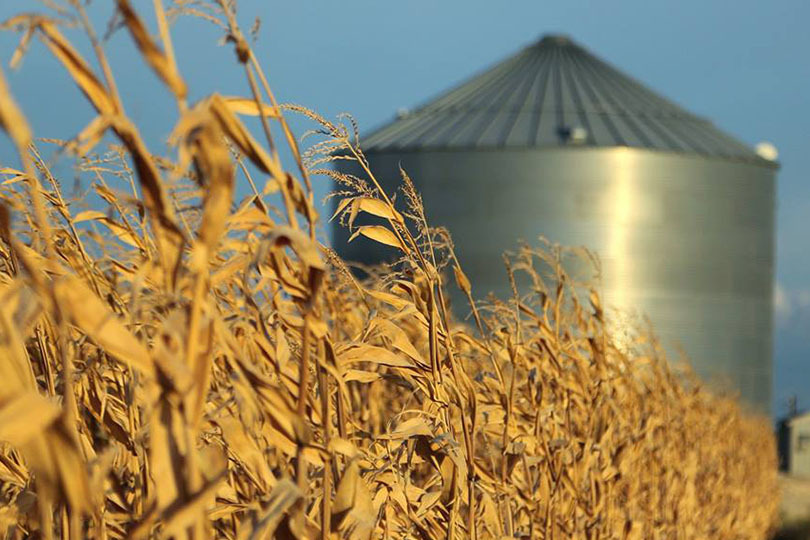The U.S. agricultural trade deficit is widening in 2025, driven by shifting global trade dynamics and rising import demand.
The U.S. Department of Agriculture’s (USDA) latest trade outlook provides projections for exports and imports, offering insight into current trade trends.
From January through April, the United States imported $78.2 billion in agricultural products while exporting just $58.5 billion. This $19.7 billion deficit is the largest ever recorded for the first four months of a year and signals that the 2025 deficit could surpass previous records.
After decades of consistent trade surpluses, U.S. agriculture has been in an agricultural trade deficit since 2022.
USDA now forecasts the FY 2025 deficit will rise to about $49.5 billion, which would mark the largest agricultural trade imbalance on record.
“A strong U.S. dollar and high labor costs have made American goods more expensive for foreign buyers, weakening global competitiveness,” American Farm Bureau Federation (AFBF) economists wrote in a Market Intel report.
At the same time, trade barriers, retaliatory tariffs and ongoing disputes have limited access to important markets such as China and the European Union.
Some foreign buyers are turning to lower-cost suppliers like Brazil and Argentina.
“These challenges point to the need for the United States to pursue new trade agreements and strengthen existing ones to expand export opportunities,” the economists wrote.
In May 2025, the United States and the United Kingdom announced a new trade agreement focused on expanding agricultural market access.
The UK represents a high-value export destination for U.S. agriculture, with total exports reaching about $2.18 billion in 2024. Leading U.S. exports to the UK included horticultural products such as wine and tree nuts, along with ethanol fuel.
The deal removes key UK tariffs, including the 20% duty on U.S. beef and tariffs on American ethanol.
These changes are expected to create growing export opportunities, especially for beef and corn producers, AFBF said. U.S. products must comply with UK standards, which still prohibit hormone-treated beef and chlorine-washed poultry.
The agreement also gives British exporters a limited quota to send beef to the U.S. tariff-free.
Although not a full free trade agreement, the deal is viewed as a meaningful first step and sets the stage for broader negotiations on issues, AFBF said.
But the growing gap highlights the need to resolve current trade disputes, expand export markets and protect fair trading conditions for American farmers and ranchers.
Agreements like the U.S.–U.K. deal can help diversify export destinations and reduce exposure to market disruptions.
As global competition intensifies, the economists noted strong trade policy will play a central role in farm profitability. The latest USDA report makes it clear that closing the trade gap will require continued efforts to build reliable, science-based access to global markets for the long term.


Leave A Comment